
The lumbar spine, or back, is a highly detailed structure that connects bones, joints, nerves, ligaments, and muscles. Together, these components provide support, strength, and flexibility. However, this complex structure makes the back prone to injury and pain.
Everyone has probably had back pain in their life. Back pain affects more than 80% of people at one point in time and is reported as the most common cause of work disability.
Several conditions can affect different parts of the lumbar spine and cause back pain. The waist supports the upper body’s weight and enables everyday movements, such as bending and twisting. The back muscles are also responsible for supporting the spine.
Most acute back pain is caused by damage to muscles, ligaments, joints, or discs. Another cause is that the body, with the help of nerves, shows an inflammatory therapeutic response against injury. For this reason, even when the inflammation seems minor, it can cause severe pain.
Finding the cause of back pain
In general, finding the cause of back pain is a complex task. The reason for this complexity is the significant overlap of the nerve due to the large number of discs, muscles, ligaments, and other spine structures. For example, a degenerated or ruptured lumbar disc can look precisely like an injured muscle, both causing inflammation and painful muscle spasms in the same area. Muscles and ligaments heal quickly, while a ruptured disc may never heal. As a result, the pain’s time course helps determine its cause.
Back pain has many symptoms. It can be mild and annoying or severe and debilitating. It can also start suddenly or slowly. Depending on the cause of the problem, back pain can be experienced in different ways.
- Pain in the lower back.
- Stinging and burning pain that is transferred from the lower back to the back of the thighs and sometimes to the lower part of the thighs causes numbness or tingling (sciatica).
- Spasms and muscle cramps in the back, pelvis, and hips.
- Pain that gets worse after sitting or standing for a long time.
- Difficulty standing up straight, walking, or going from standing to sitting.
- And…
In the following, we will examine the types of back pain.
Types of back pain
There are different ways to classify types of back pain. In the following, we have gone to two common ways to categorize types of back pain. The first classification method is based on the origin of pain, based on which back pain includes two types: mechanical and radicular.
Mechanical pain
The most common cause of back pain is mechanical (axial) pain. Back pain is usually caused by problems in muscles, ligaments, joints (facet joints, sacroiliac joints), or bones in and around the spine. This pain usually occurs in the lower back, buttocks, and sometimes upper leg. Mechanical back pain is felt differently based on the body’s and spine’s positions in different situations, such as moving (forward/backward/turning), standing, sitting, or resting.
Radicular pain
This type of back pain occurs when the spinal nerve root is inflamed. Radicular back pain probably occurs along the nerve root or dermatome pattern down the buttock or leg. This type of pain is felt as a sharp, electric, burning pain, usually only on one side of the body, and can be accompanied by numbness or weakness (sciatica). To be accompanied.
There are many other reasons for back pain, including lameness pain (from stenosis), myelopathic pain, neuropathic pain, deformity, tumors, infections, pain from inflammatory conditions (such as rheumatoid arthritis or ankylosing spondylitis), and pain originating from another part of the body (such as kidney stones or ulcerative colitis). Also, back pain may occur without a definite cause. When this happens, The primary focus is on treating the symptoms (rather than the cause of the symptoms) and the overall health of the patient.
Another way to classify types of back pain is to classify them based on time. Based on this, there are three types of back pain: acute, subacute, and chronic.
acute pain
This type of pain usually occurs suddenly and lasts for days or weeks. Acute pain is considered the body’s natural response to tissue damage. Acute back pain gradually decreases with tissue healing.
Subacute back pain
This type of pain lasts between 6 weeks and 3 months. It is usually mechanical (such as a muscle strain or joint pain) but is long-lasting. In this case, medical exercises may be considered for the patient.
Chronic back pain
This type of back pain is usually defined as severe and lasts more than three months. It does not respond to basic treatments, and a thorough medical examination is needed to determine the exact source of the pain.
Treatment of back pain
In the following, we will discuss the types of back pain treatment methods in detail.
Using the services of a physiotherapist
If the pain lasts more than 4-6 weeks, physiotherapists use techniques such as electrical stimulation, ultrasound, heat, and muscle relaxation to help a person gain more mobility and flexibility.
They also teach the patient exercises that can prevent the recurrence of the problem. In general, physiotherapists help people’s physical condition and keep back and abdominal muscles healthy.
Try a massage
Massage can also relieve back pain. One study found that the symptoms improved in people who used structural massage (soft tissue techniques to address muscle or skeletal problems) or relaxation massage (stroking, kneading, or circular motions to help reduce pain) After 10 weeks. These people did their daily activities more efficiently. They used less pain medication than those who had just started regular care.
Calm your mind
Research shows that your state of mind affects your chances of developing back pain. People with chronic pain or in managing the problems that life puts in their way are anxious and almost three times more prone to back pain than people who have a calm mind. So, if you are constantly worried or expect the worst in any situation, You will probably suffer from back pain.
The feeling of stress and anxiety causes the body to release chemicals such as cortisol and adrenaline, causing muscle stiffness and involuntary muscle spasms. Stress can also lead to constant tension in the spine, which is a common cause of back pain and discomfort. There are various ways to reduce stress, including the following:
- Mindfulness-Based Stress Reduction (MBSR)
- Deep breathing: A 2023 review found that breathing exercises help reduce back pain. However, further studies are necessary to confirm these findings.
- Progressive muscle relaxation: Stretching and relaxing body muscles, focusing on one muscle group at a time, may help relieve back pain.
- Guided Imagery: This method focuses on specific mental images to create a sense of relaxation and help reduce stress.
Try OTC medications
Over-the-counter pain relievers help reduce pain and muscle stiffness. The two main types of these drugs are nonsteroidal anti-inflammatory drugs (NSAIDs), such as aspirin, ibuprofen, naproxen, and acetaminophen. NSAIDs help reduce inflammation, but acetaminophen does not.
Medicinal creams
Skin creams and ointments can help reduce back pain and stiffness. Many of these products contain menthol, camphor, or lidocaine, which can cool, warm, or numb the affected area.
Apply the creams exactly to the pain area. When your back muscles feel cold or warm, the nerve endings deviate from the pain in the muscle tissue. In addition, the heat in topical ointments can relieve sprains or strains.
Supply of vitamins and minerals
Providing vitamins and minerals means strengthening the body. Strengthening the body will improve injuries and problems in different parts of our body. As a result, providing vitamins and minerals can be an effective way to enhance and treat back pain. It is better to get your vitamins and minerals from food and consult your doctor about supplements.
Be active
Did you know that your chronic back pain improves when you move? Exercise keeps your muscles strong and prevents spasms. Try to coordinate your sports activity with your usual activity level and daily movements. For example, a brisk 30-minute walk is a perfect option. Try to do this at least three times a week.
Studies show that people who stay active despite back pain are more flexible than people who spend some time without activity. Strong muscles, especially in your core, help support your lower back. Strength and flexibility will help relieve and prevent pain. In addition to walking, slow aerobics, stationary biking, and stretching exercises are suitable options for strengthening muscles.
Although exercise is one of the best things you can do for back pain relief, it shouldn’t be a pain in the ass. If you have a lot of pain while doing sports, consult your doctor or physiotherapist to choose the proper exercise.
yoga
Research shows that yoga and stretching, in general, reduce pain and improve back mobility. Scientists studied 228 people who had moderate pain for at least 3 months and divided them into three groups. Two groups participated in a 75-minute yoga or stretching class once a week for 12 weeks, and the third group received a program of exercises and lifestyle changes.
After 3 months, those who did yoga or vigorous stretching performed better than those in the third group. 6 months later, they took less medicine for back pain. They also said their pain improved or entirely disappeared during treatment.
Maintain good posture
You can treat your back pain at home by adjusting your posture. Usually, people tend to sleep or sit in an improper position. Make sure your mattress and pillows have enough support.
In the work environment, there is a possibility of creating an inappropriate body position while sitting at the desk. The right situation means that:
- You don’t twist your wrist and hand.
- You don’t bend your neck uncomfortably.
- You don’t rotate your spine.
- You don’t extend your arms beyond their natural range.
Keep your head in the center of your pelvis, keep your shoulders straight, and don’t tilt your chin forward. If you work in front of a screen, place your arms flat on the table and keep your eyes level with the screen. Get up and stretch and walk regularly. A standing desk can also be a great choice to maintain good posture.
Use of ice
For an acute injury, cold therapy can effectively help reduce back pain. For example, if you lift heavy things, Cold therapy reduces the inflammation of the pain site. To relieve acute back injury and pain, apply cold treatment immediately. Wrap ice or a cold pack in a towel to protect your skin. Do not leave the ice on your skin for 15 to 20 minutes.
Ice can also reduce pain caused by sciatica flare-ups because cold can help reduce inflammation. In the case of back pain after sports activity, ice and cold therapy is beneficial. It helps spasms and muscle cramps and relieves pain.
Warming the area of pain
If you experience chronic discomfort, use heat to loosen tissues and reduce pain. Heat can promote healing by encouraging blood vessels to dilate. Of course, moist heat, such as a bath or hot water bag, is more effective. An electric heating pad is also useful for reducing back pain. Place the pad on the painful area for 15 to 20 minutes each time.
Have a good weight
Losing extra weight will lighten the burden on your back. To adjust your diet, consult your doctor first and then a nutritionist.
Quit Smoking
Research shows that smoking increases the chance of developing degenerative disc disease or other spine problems by four times. Nicotine in cigarettes and other tobacco products weakens the bones of the spine and robs the discs of vital nutrients.
Use a towel
A rolled towel can be a useful tool for relieving back pain. While lying down, place the towel under your pelvis. Let the hips relax on the towel, which will help stretch the lower back.
Anti-inflammatory diet
Another treatment for back pain is an anti-inflammatory diet. A proper diet ensures the essential vitamins and nutrients required by the body. On the other hand, a poor diet can cause inflammation or weight gain. A healthy diet includes vegetables and fruits, which can have anti-inflammatory properties. Things like:
- Strawberry
- Orange
- Cherry
- blueberry
- tomato
- spinach
- Cabbage
They can help reduce inflammation.
Changing shoes
Your shoes play an essential role in your body alignment. The alignment of the hips, knees, and legs affects the pressure applied to the back. Wearing shoes without arches, high heels, or shoes with poor cushioning can lead to back pain.
To reduce back pain, minimize the number of times you wear high-heeled and flat shoes, such as flip flops, and buy shoes that fit the arch of your foot and provide the right amount of support and cushioning. You can also purchase inserts for shoes you already own.
Moderate rest
Moderate rest can be an effective method for natural back pain relief. Moderate rest does not mean resting in bed; rather, it means avoiding normal physical activities such as weight training for a few days.
Doing stretching exercises
One crucial home remedy for back pain is stretching. Whether your back pain is due to muscle strain or conditions such as scoliosis, sciatica, arthritis, or pregnancy, stretching will help reduce pain, increase your range of motion, improve posture, and protect you from further injury.
The following introduces some of the best stretching movements for treating back pain. You can efficiently perform these movements at home without special tools, relieving your back pain.
Longs
Kneeling is a great stretch to reduce back pain. First, kneel on the ground. Then, place one leg in front of you and keep your foot flat on the floor. Place both hands on your bent leg and slowly bend forward.
You are stretching your hip and thigh muscles by doing the movement, which probably contributes to your back pain. Correct this stretch if you can’t fully bend your knees by moving forward from a standing position.
Child’s pose
Now, let’s move on to one of the famous yoga movements. To perform this stretch, kneel on the floor, place your toes together, and keep your knees apart. Lean forward slowly. Hold your arms before you, and put your stomach on your legs.
bridge exercise
This stretch starts by lying on your back. Place your feet flat on the floor and spread them hip-width apart. Pull your knees up, and next, push your hips up. The shoulder blades should stay on the ground.
Stretching the number four
The figure four stretch involves actually making an English four with the legs. First, lie on your back. Next, bend your left leg. Lift your right leg and bend it to the left, placing your right ankle on your left knee. Then, raise your left leg until it is horizontal and parallel to the ground. Repeat this stretch with your right leg.
Knee to chest stretch
This simple back stretch is an easy way to relieve pain. Lie on your back and bring your knees toward your chest. Keeping your hands under your knees, slowly bring your leg closer. Hold this position until you feel comfortable. Repeat this stretch with your other leg.
Try to stretch once a day before exercise or vigorous activity. Be sure to stop or modify your stretches if you feel pain.
After stretching, do your favorite physical activity to strengthen your back muscles and reduce tension. You can also try exercises for back pain, such as:
- Light crunches
- Hamstring stretch
- Squat to the wall
- Aerobic exercises
going to the doctor
If home remedies do not relieve your severe back pain, You may have an underlying problem or a chronic disease, and you should see a spine doctor. If you see any of the following symptoms in addition to back pain, be sure to see a specialist doctor:
- Fever
- chronic pain
- night pain
- severe back pain
- Unreasonable weight loss
- Tingling, numbness, or weakness
- Bladder or bowel control problems
Summary
Back pain is a common health problem that can lead to limited movement and difficulty performing daily activities. You should see a healthcare professional if you experience severe or sudden back pain.
Home remedies can help reduce back pain. For example, using ice packs and heat packs to relieve pain
Movement is good for back pain. Regular exercise can keep muscles strong, and some exercises help reduce the risk of back pain by strengthening the upper body muscles.
People can make lifestyle changes to reduce back pain. Changes such as changing shoes and jobs, having a healthy diet, and getting enough sleep can be helpful.

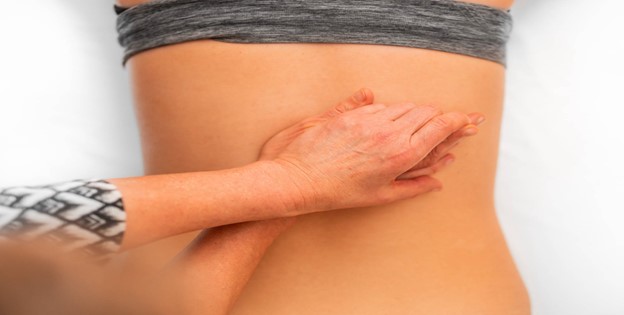

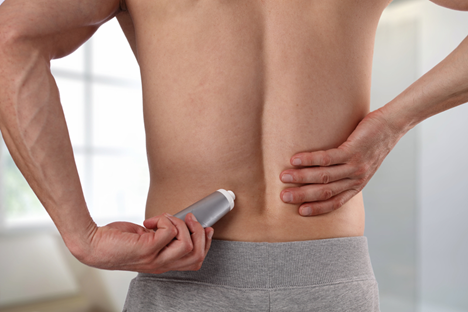


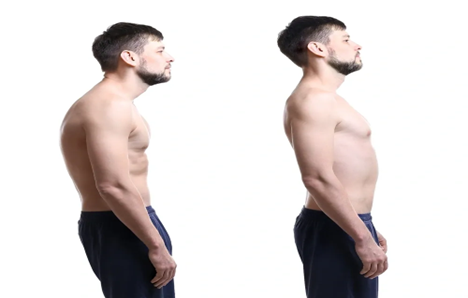

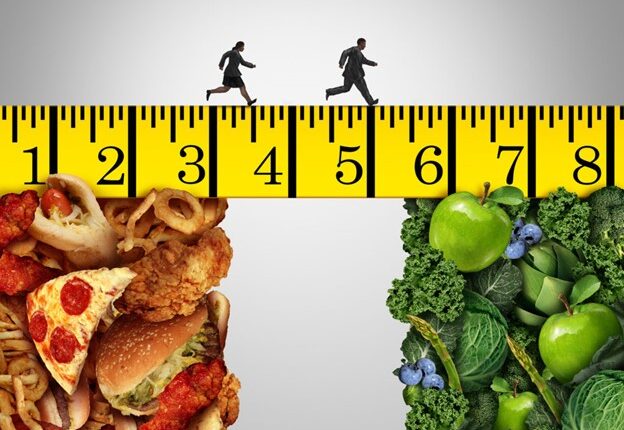

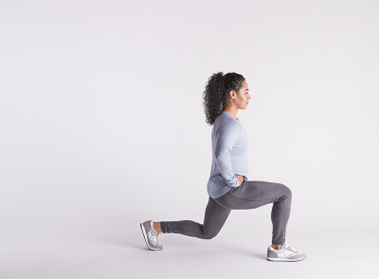
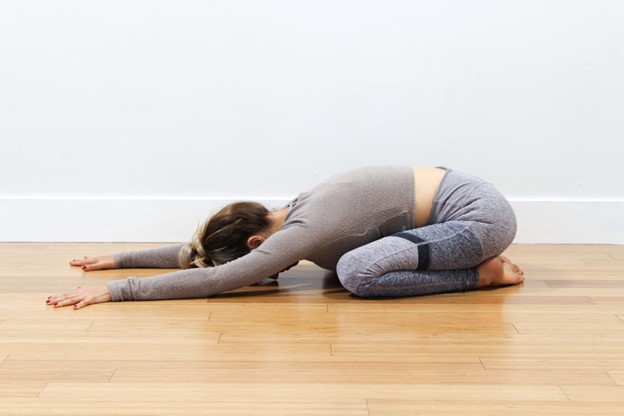

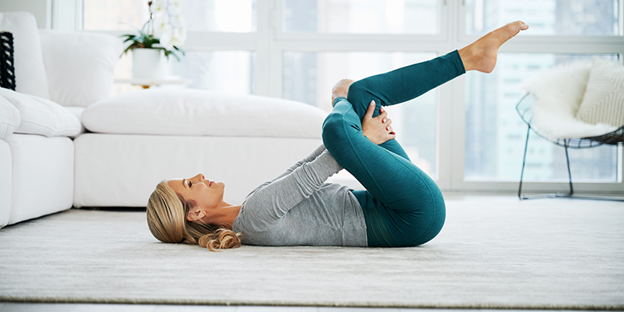
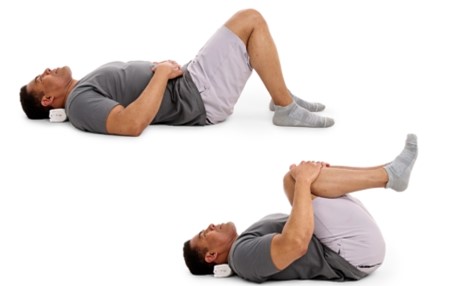
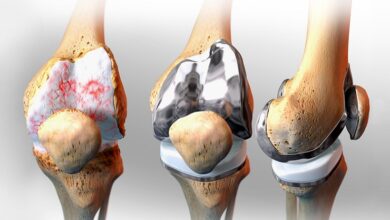


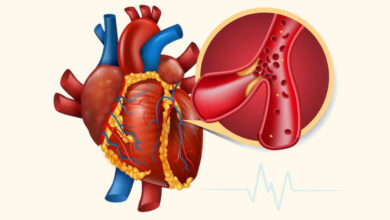


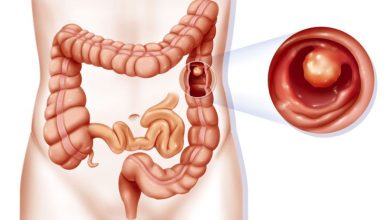
Excellent blog here Also your website loads up very fast What web host are you using Can I get your affiliate link to your host I wish my web site loaded up as quickly as yours lol
Hello, Jack speaking. I’ve bookmarked your site and make it a habit to check in daily. The information is top-notch, and I appreciate your efforts.
Hey, Jack here. I’m hooked on your website’s content – it’s informative, engaging, and always up-to-date. Thanks for setting the bar high!